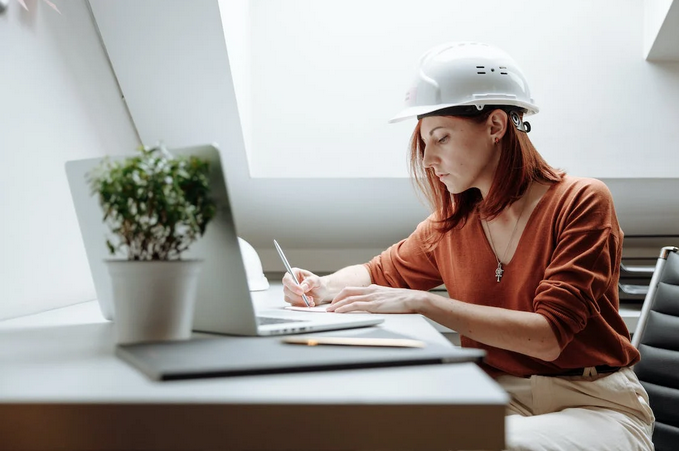The Intersection of Innovation and Design: The Influence of Technology on Modern Architecture
In the realm of architecture, the evolution of technology has sparked a revolution, reshaping the way we conceive, design, and construct buildings. The marriage of innovative technology with architectural creativity has propelled the field into uncharted territories, giving rise to groundbreaking designs and structural marvels that redefine our skylines.
Revolutionized Design Through Digital Tools

Gone are the days of pencil sketches and drafting tables. Haustechnikdialog tries to emphasize this as a reminder that we are far beyond human errors and manual progress. Today’s architects wield powerful digital tools that transcend traditional limitations. Computer-aided design (CAD) software has become the cornerstone, enabling architects to visualize, manipulate, and refine designs with unparalleled precision. Three-dimensional modeling and virtual reality technologies offer immersive experiences, allowing stakeholders to walk through virtual spaces long before groundbreaking.
Sustainability and Building Performance
Technology has empowered architects to embrace sustainability in unprecedented ways. Building Information Modeling (BIM) facilitates holistic planning by integrating sustainability considerations from conception to construction. Energy modeling software predicts a building’s environmental performance, allowing architects to optimize designs for energy efficiency and reduce environmental impact.
Parametric Design and Computational Thinking

The era of parametric design is a paradigm shift in architectural thinking. Parametric modeling allows architects to create intricate, dynamic designs by establishing relationships and parameters within a digital environment. Computational algorithms generate complex geometries and optimize structures, pushing the boundaries of what was once deemed possible in architectural form.
Materials Innovation and Fabrication Techniques
Advancements in materials science have birthed a new era of construction. From self-healing concrete to innovative eco-friendly materials, architects now have a vast palette of options. Additive manufacturing, commonly known as 3D printing, is revolutionizing construction by enabling the fabrication of intricate building components with unmatched speed and precision.
Smart Architecture and Responsive Spaces

The rise of smart architecture integrates technology within the fabric of buildings, creating responsive and adaptable spaces. From smart sensors that regulate temperature and lighting to entire buildings wired for data collection and analysis, technology is transforming architecture into living, breathing entities that respond to occupants’ needs.
The symbiotic relationship between technology and architecture is an ever-evolving narrative. A story of innovation, imagination, and limitless possibilities. As technology continues to push the boundaries of what is achievable, architects are empowered to dream bigger, design smarter, and build structures that not only stand as testaments to human ingenuity but also harmonize with our environment and communities. The influence of technology on modern architecture is not just a story of digital advancements. It’s a narrative of creativity and vision. It’s the fusion of technical prowess with artistic expression, paving the way for a future where architectural marvels not only inspire awe but also cater to the evolving needs of a dynamic world.…
Read More →